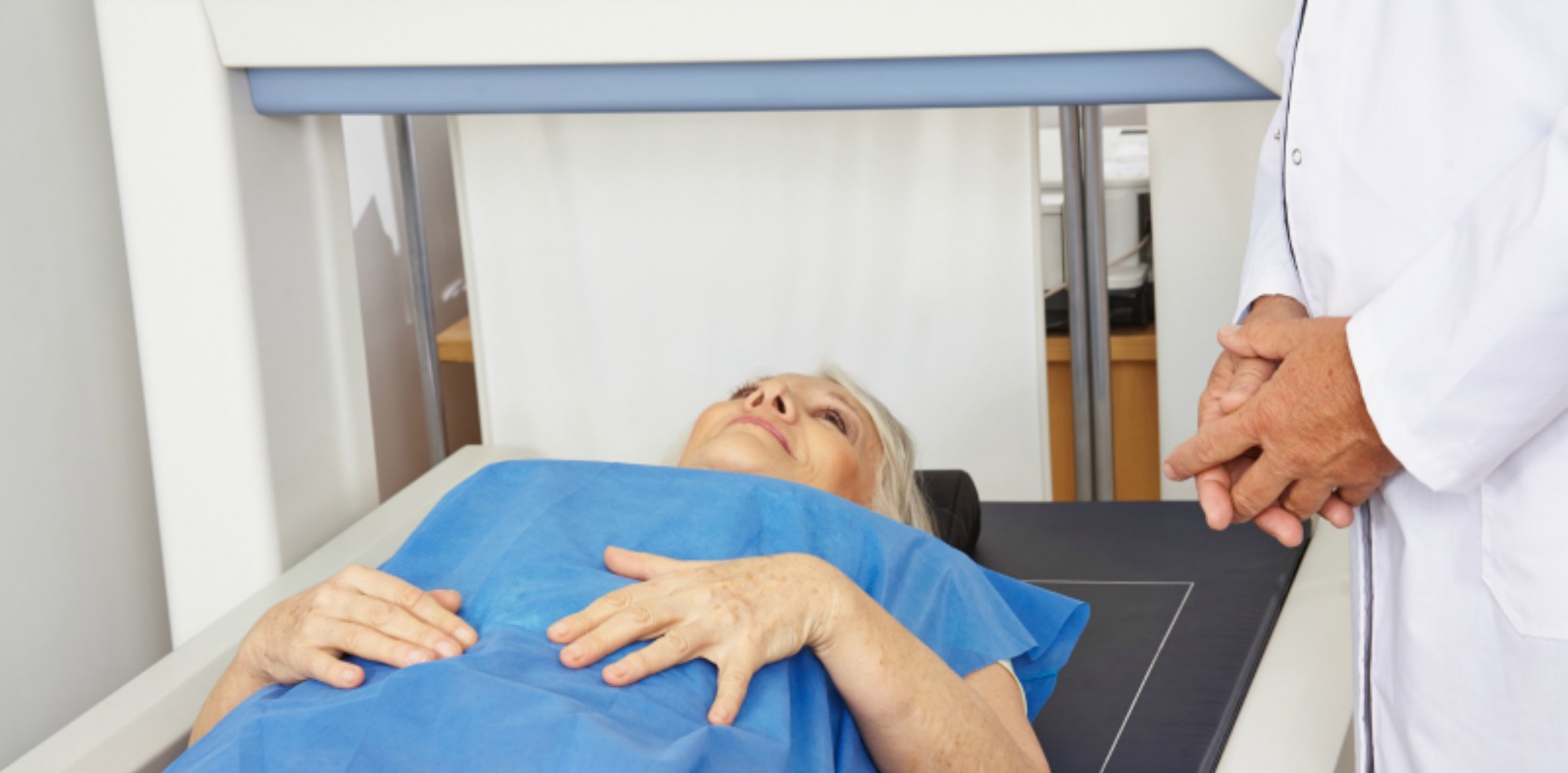Geneva Retired Cohort
The aim of Dr. Biver’s study in the Geneva Retired Cohort (GERICO) was to look at a prospective cohort of 953 healthy retired workers (men and women, initially recruited at 65±1 years). The main goal of the study was to document the association between yogurt consumption and bone-mineral-density (BMD), microstructure, and prevalent fractures at baseline, at the age of 65, during a three year-follow-up. A food frequency questionnaire was taken at baseline and physical activity was assessed.
Dr Bivers team mainly focused on 733 healthy postmenopausal women. Yogurt consumption was categorized as never, less than one serving per day, and one or more servings per day. Total calcium and protein intake, as well as total energy intake, were all evaluated. The results were presented at the American Society of Bone and Mineral Research Annual Meeting, in August, 2016.
Yogurt is associated with a better bone density
At baseline, women who consumed yogurt (over 91% of the cohort) had a 4.4% higher BMD value at the lumbar spine than women, who never consumed yogurt. This protective effect was also present in the distal radius (+3,4%), as well as in the tibia cortical area (+5,3%), even after adjustment for BMI, physical activity, and total calcium and protein intake. The prevalence of low trauma fractures trended also towards a lower rate, with 19% among yogurt consumers vs 29% for non-consumers. Dr Biver and colleagues also pointed out similar benefits of yogurt 3 years later: loss of BMD at the total hip and at the distal radius was attenuated among yogurt consumers, and this effect was still independent of BMI, physical activity, and total calcium and protein intake.
The assets of yogurt: calcium, vitamin D and cultures
The composition of yogurt had also an impact in this study: total dietary calcium and protein increased in parallel with yogurt consumption. According to Senior Author René Rizzoli (Geneva University Hospital, Switzerland), “Yogurt is actually composed of plain milk, but in many countries, it contains additional milk powder, so for the same volume of milk, there is more calcium, more phosphorous, and more vitamin D in yogurt”. Specific yogurt bacteria might justify its protective effect, since these bacteria populate the large intestine, where they improve calcium absorption and decrease inflammation. Another explanation could be that yogurt consumption may simply be a marker of a healthy lifestyle, associated with an overall nutritious diet, in favor of less bone loss. Last but not least, fermented dairy products may have a favorable influence on the gut microbiota, which is now implemented in skeletal health.
In conclusion, yogurt’s protective effect on bone seems to be due to the combined action of its three major components: protein, calcium and bacteria. The definitive results of this research will probably be published in a couple of years.



